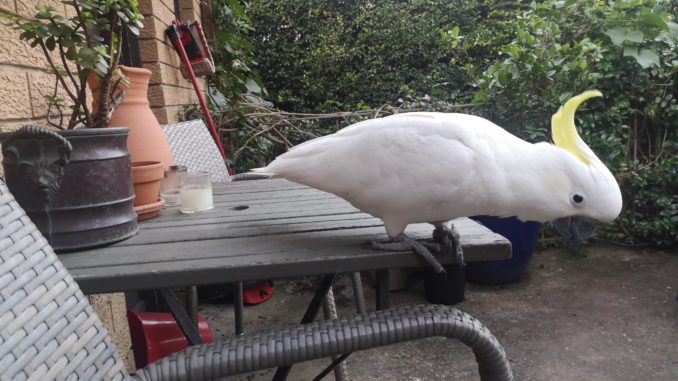
A determined and persistent knock on my kitchen’s window startles me as I try to work from my dining room. Not many Sydneysiders would be surprised to see a large white yellow-crested parrot inquisitively peeking into their house, poking at the window with its massive beak, probably looking for spare bread or seeds. As a foreigner, however, this wild intrusion in my urban life is exciting and exotic.
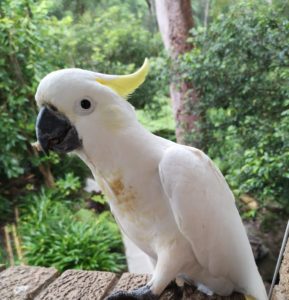
Sydney: a haven for birdlife
Sydney is said to be the home of over 365 bird species, all living within the urban radius of the greater city. It’s unclear whether there has been an increase in Sydney’s birdlife during COVID-19 lockdowns; but at least people have more time to devote to birdwatching and to engage in the new online bird count programs that have emerged.
Truth is, regardless of the impact of COVID-19, several Australian bird species appear not to be too out of place in human-made cities. Ibises raiding rubbish bins, ravens calmly analysing how to seize their next meal from a café, pigeons flocking by the dozens in parks, cheeky cockatoos putting up a show in electricity wires; they’re all common sights in Sydney. These feathered animals seem to be actually thriving in our city.
Observing the intriguingly adaptive behaviour of Sydney’s birds, it’s not hard to grasp how these little bits of wildlife have managed to make a city their habitat. Birds that are opportunistic, intelligent, social and territorial seem to actually be increasing their numbers in Sydney, in an era when most news talk about species decline and extinction.
If you think about it, human cities produce enormous masses of what we consider food waste, and what for the right mind frame is just a wealth of foraging opportunities. At the same time, Sydney boasts great parklands and forested areas in which birds can roost and find safety.
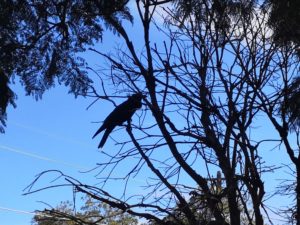
The threats of city life
This, however, doesn’t mean that urbanisation isn’t a threat to Sydney’s impressive birdlife. In fact, for most bird species, adapting to an urban environment is difficult. Cities clear up their natural habitats and they introduce masses of potential danger—new predators, exotic plants, not to mention roads and machinery.
One of the most threatened group of urban birds are those that live in tree hollows. This kind of habitat is being harder and harder to find in the city, as older trees are cleared and introduced animals occupy the few remaining ones.
With all this in mind, it seems fair to ask: just how much can we stretch our birds’ capacity to adapt?
Several thousands of kilometres away, in India, urban birdlife is experiencing similar struggles. Delhi, as Sydney, boasts a spectacular array of bird species within its urban borders. However, uncontrolled construction and development could put a gloomy end to that claim.
During the coronavirus lockdown, Manon Verchot, an environmental journalist currently based in New Delhi, started a social media birdwatching diary with her husband. Using different social media platforms to convey their findings, they log the birds that they can spot from their twelfth-floor apartment, located in front of a little but impressively biodiverse park area.
BIRDS DON’T SWEAT
It’s 45C (110) out & birds are hanging out with their beaks wide open. Birds cool down in different ways, & fluttering their throat muscles with their beaks open is one of them. Other methods include water baths & shade.
Who else is spotting birds cooling off? pic.twitter.com/zBiZLSRDJ6— Manon Verchot (@manonverchot) May 27, 2020
When I ask Manon why and how these birds seem to be doing so well in an urban ecosystem, apart from making the most of food scraps, she says “I think they’re managing in the little green spaces”.
“I’m worried that that space in front of our backyard one day will have a twelfth-storey apartment building, and we are a few years away from that, and then this area will no longer be there for birds anymore”, she says.
As much as they’re smart, there’s only so much that they can adapt to. Especially considering the slow rhythm of evolution and the rapid speed at which our cities grow.
As much as in Delhi, the fast pace of urbanisation in Sydney poses a real threat to many bird species that are native to the region.
Good news, we can all help
When it comes down to protecting bird habitats, it’s not only the big companies that are to be held liable for this pressing concern. Since we share the same environment and urban habitat, many of our daily actions have a direct impact on the wellbeing and survival of the birds that live around us.
The cockatoo that was calling me to my kitchen is now pecking at the window’s handle, trying to pull it open. It didn’t take long before it could figure out how it worked. Its intelligent gaze has something childish about it. It’s playing and poking around, learning as it goes, and then, it expects a reward for its trick.
With denser housing, an increased risk of bushfires, the prevalence of introduced pets, the prolific planting of exotic species and other similar threats, not even this impressive intelligence will be able to help cockatoos and other birds succeed in the future.
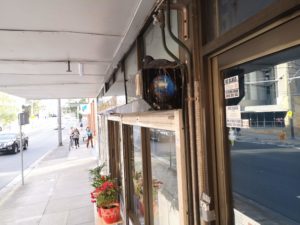
As we discuss the urgent need for action in birdlife conservation, Manon tells me of certain things that we can do to help our birds to keep thriving:
- Having water available, as it’s easy for birds to get dehydrated in cities.
- Maintaining green spaces and opposing their destruction.
- And if you must feed them, think of giving them something nutritious.
The NSW Government, on the other hand, urges people to create “bird havens”, with native plants and artificial hollows, and reminds people to keep their cats inside and to reduce the application of herbicides and pesticides.
Combating habitat loss can therefore be done by encouraging varied native plants in your backyard, building wooden hollows and setting up bird baths. If you put it all together, it comes down to being conscientious in our everyday actions, considering that the main risks are habitat loss, pet predation, dehydration and poisoning.
As Damien Cave wrote once in the New York Times, “Sydney has a rare superpower: It turns urbanites into bird people, and birds into urbanites”. To ensure a future where both bird people and urbanite birds can live together sustainably, we need to start re-thinking about our impactful actions, and act against habitat loss. A lot of it is really within our hands.
For one, I’d be sad to see the white cockatoos that visit me every day gone.

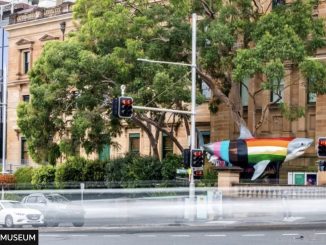
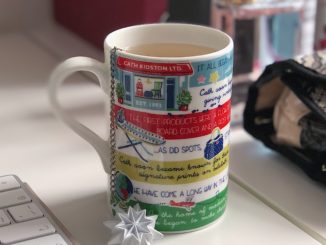
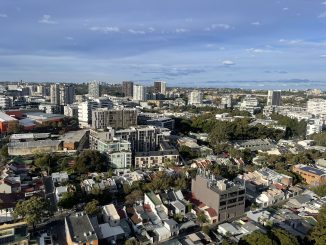
Be the first to comment